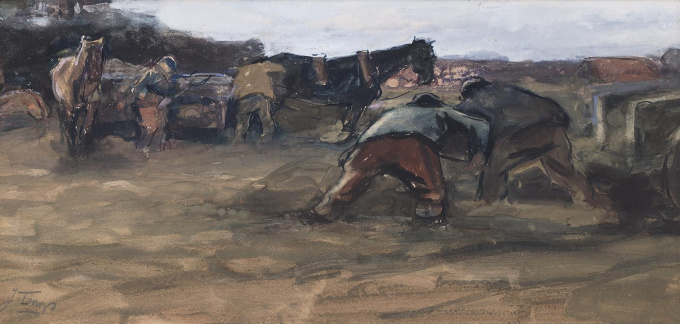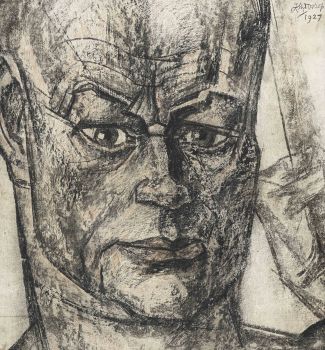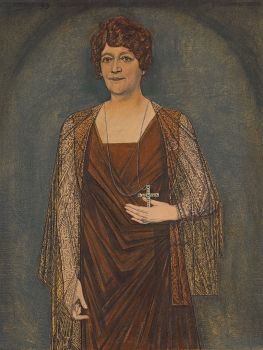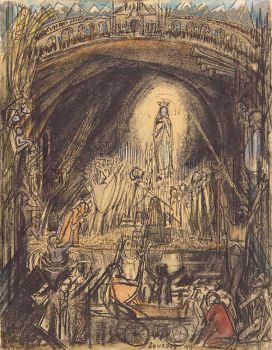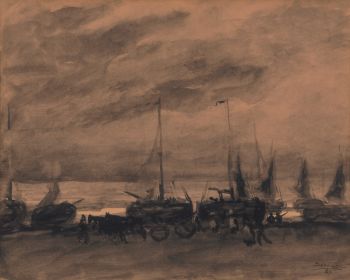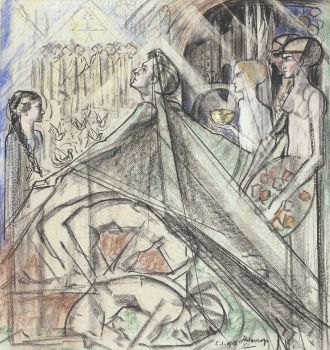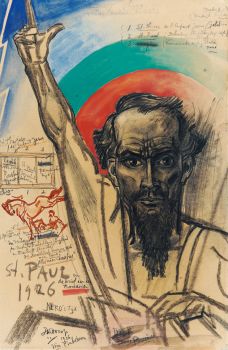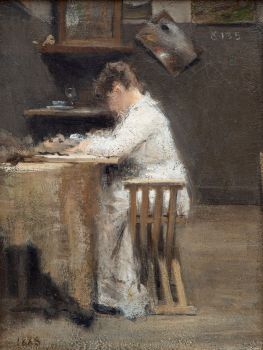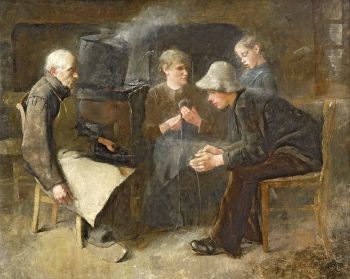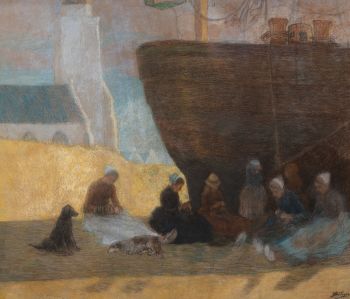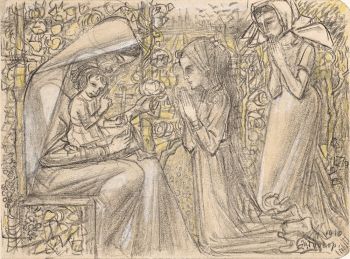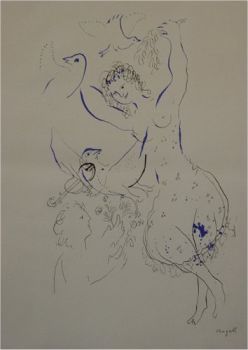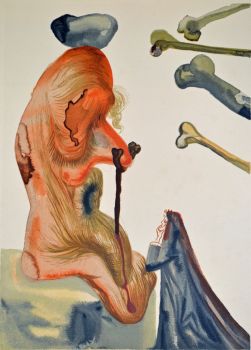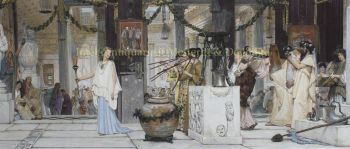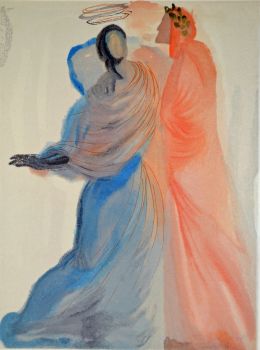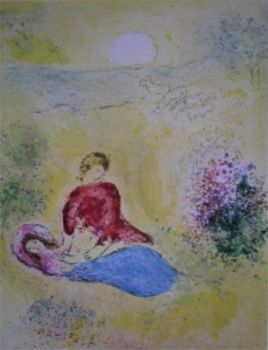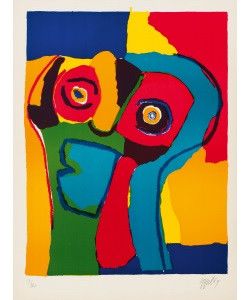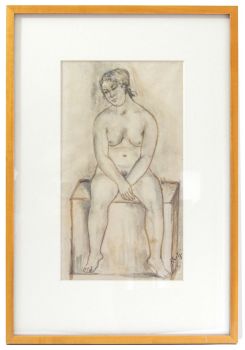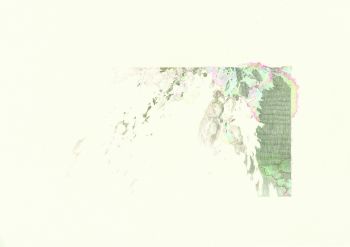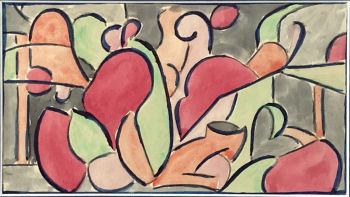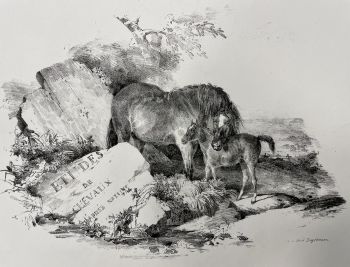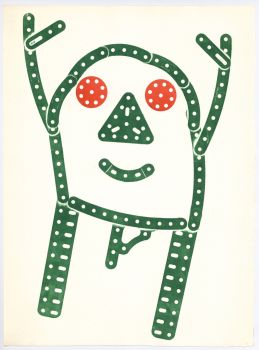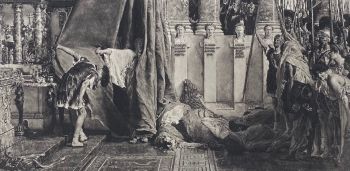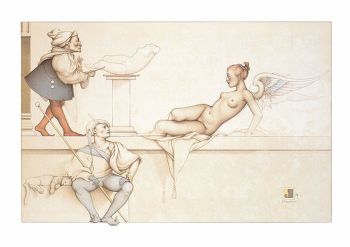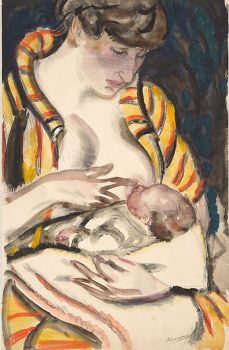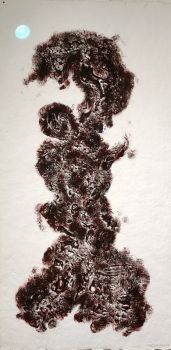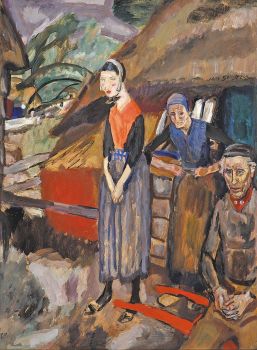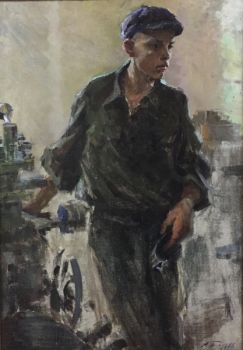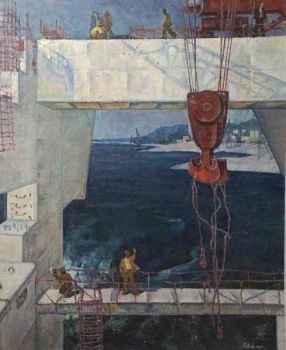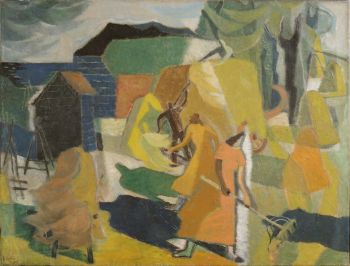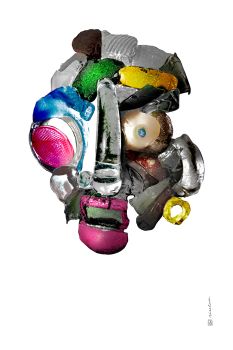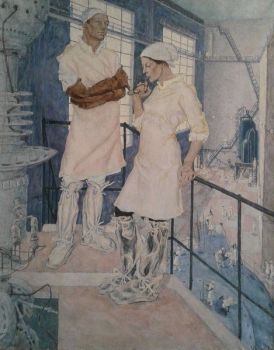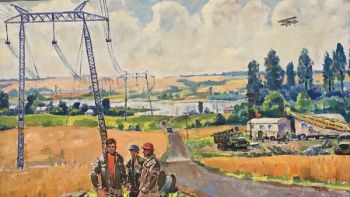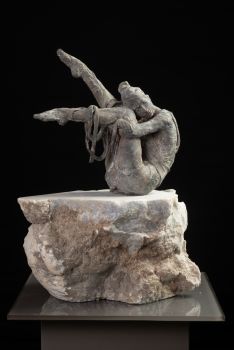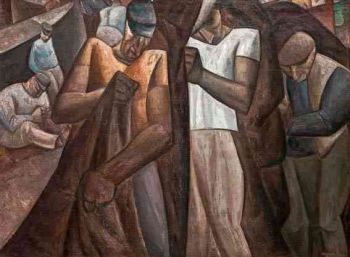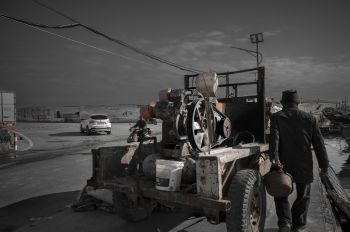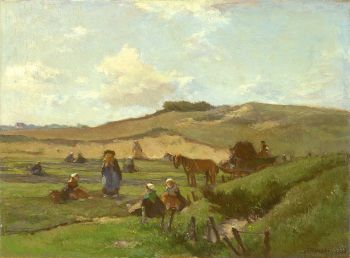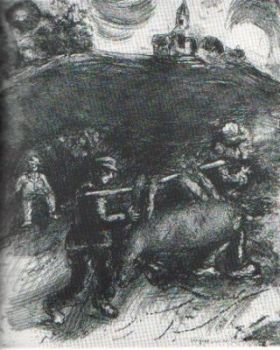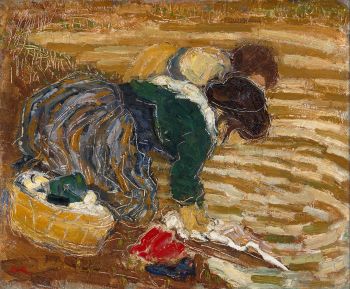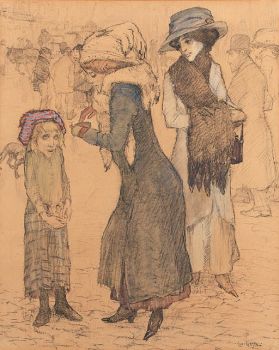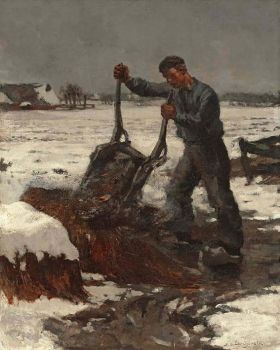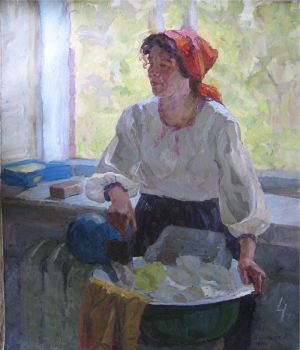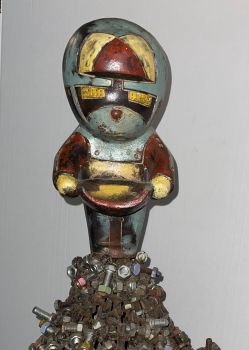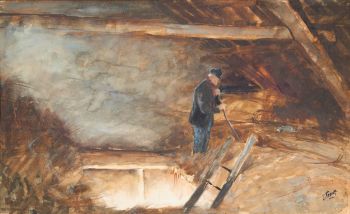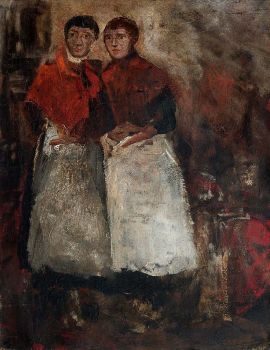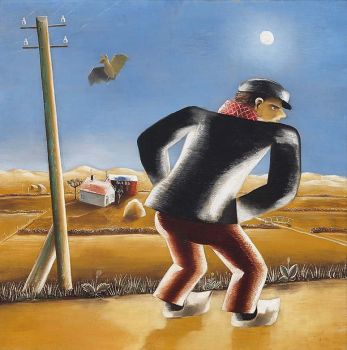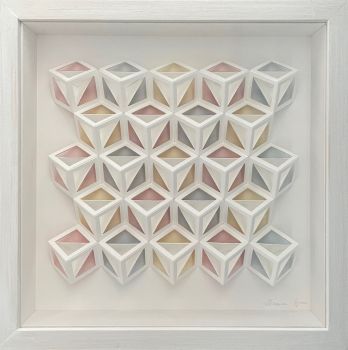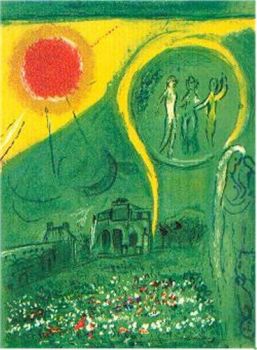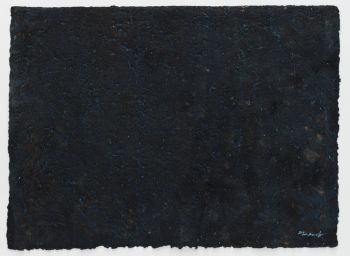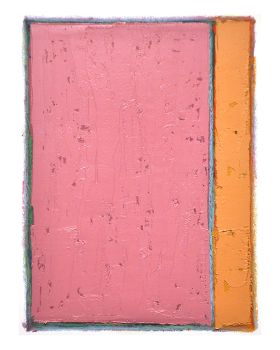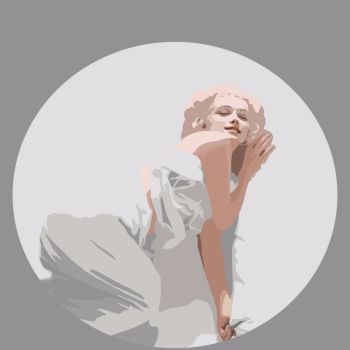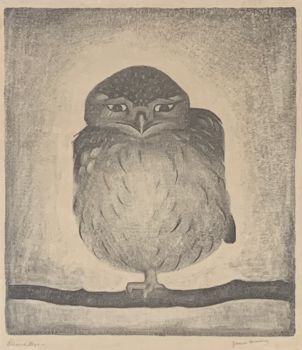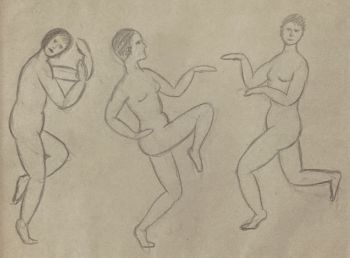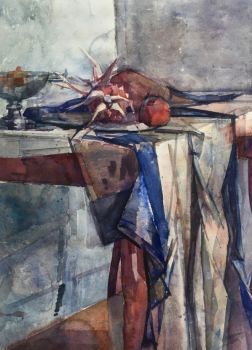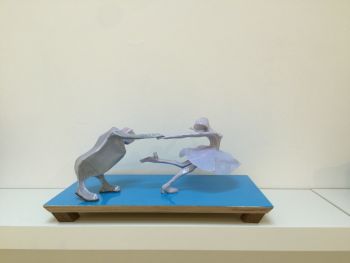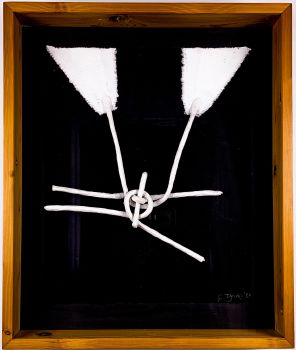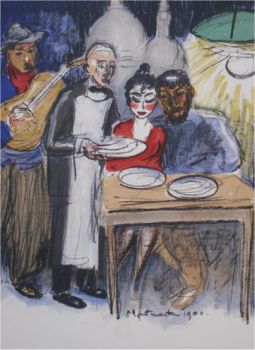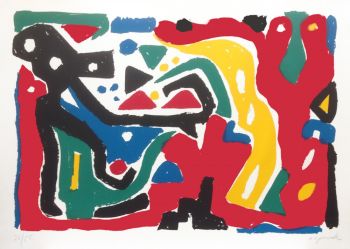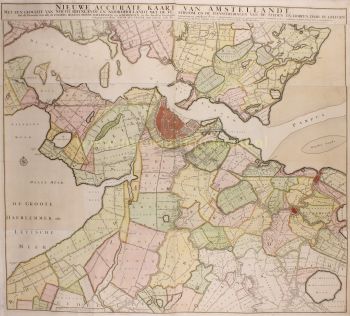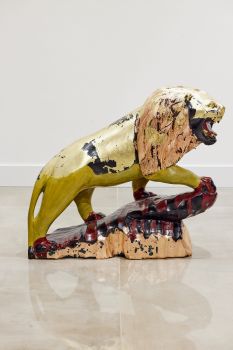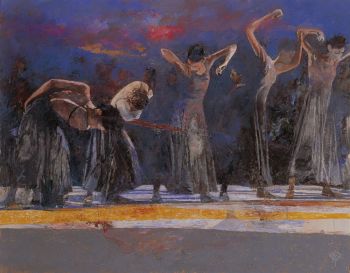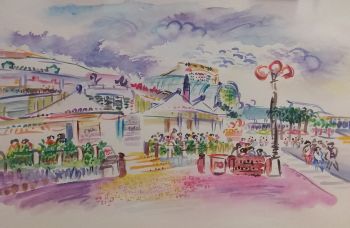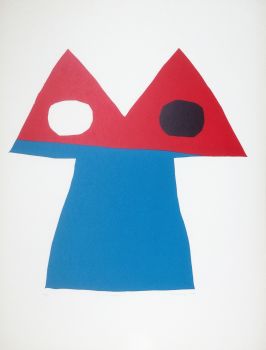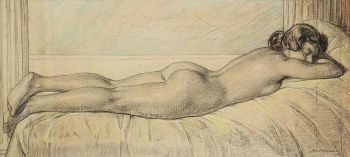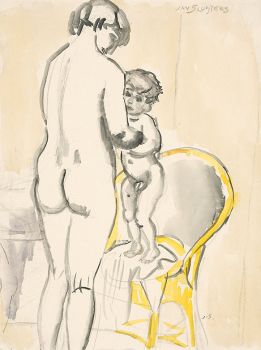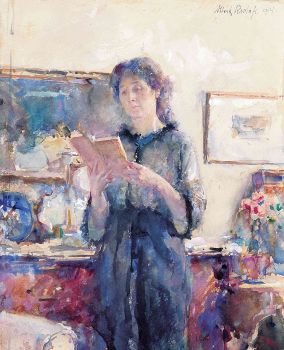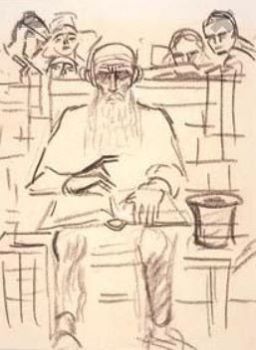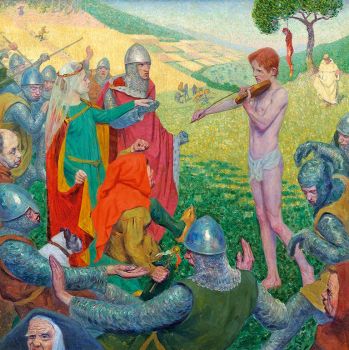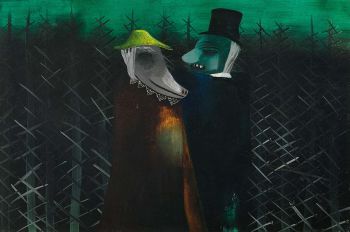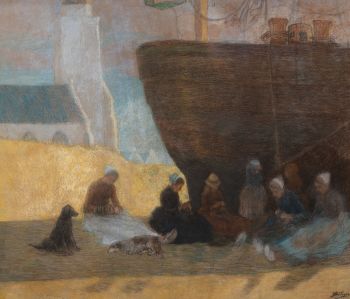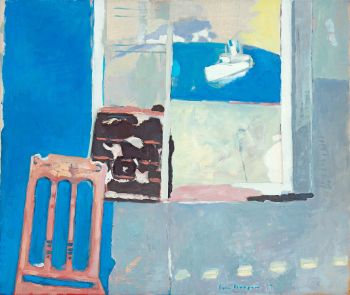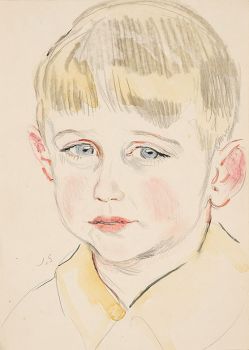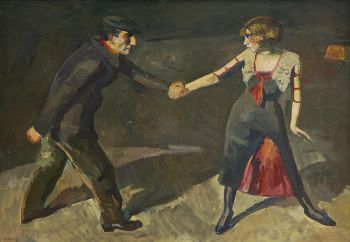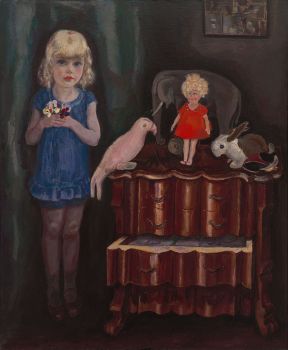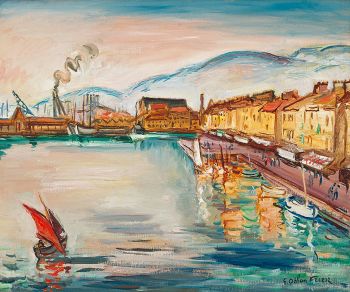Workers on the Land 1880
Jan Toorop
PaperPencilWatercolour
22 ⨯ 43 cm
ConditionExcellent
Currently unavailable via Gallerease
Studio 2000 Art Gallery
- About the artworkWatercolor and pencil on paper
22 x 43 cm
Signed: lower left ‘J. Toorop’
Provenance: Private collection, the Netherlands
Until his ninth year, Toorop spent his childhood on the island of Banka, southeast of Sumatra. Then his parents sent him to Batavia to be able to follow better education there. The overwhelming Indian nature with its wild trees and vegetation has made a big impression on the young Toorop and stimulated his imagination, which is also expressed in his later paintings and drawings. His childhood was happy and he later liked to talk about the 'oriental' in him that had always been preserved. - About the artist
Jan (Johann Theodorus) Toorop was born on the isle of Java, Poerworedjo, in the year 1858. In 1869 his family moved to The Netherlands, where they believed Toorop could obtain better education. After a childhood of poor concentration and poor grades, Toorop applied to the Academy of Arts in Amsterdam, focussing mostly on sculpture and applied arts.
In 1882 Toorop left for the city of Bruxelles, where he gained popularity as a member of the group Les Vingt, a group of twenty artists who would exhibit their work twice a year in February and March.
Jan Toorop, together with Van Gogh and Mondriaan, belongs to the group of most important Dutch artists from the period around 1900. These major artists had their focus on new, international developments in art and inspired other artists themselves. Toorop can be seen as a great source of inspiration of Gustave Klimt.
Toorop's work knows an immense popularity and is often associated with Art Nouveau, mainly because of one well-known advertisement for a certain kind of salad oil. However, Toorop's oeuvre should not be seen as Art Nouveau only. He was known as a neo-impressionist and symbolist as well, switching between styles of working and combining them in response to his environment.
Are you interested in buying this artwork?
Artwork details
Related artworks
Jan Toorop
NETTENBOETSTERS IN DE SCHADUW VAN EEN BOMSCHUIT1891
Price on requestStudio 2000 Art Gallery
1 - 4 / 12- 1 - 4 / 24
Johannes Evert Akkeringa
'Nettenboetsters' in the Dunes1861 - 1942
Price on requestStudio 2000 Art Gallery
1 - 4 / 24- 1 - 4 / 24
- 1 - 4 / 12

